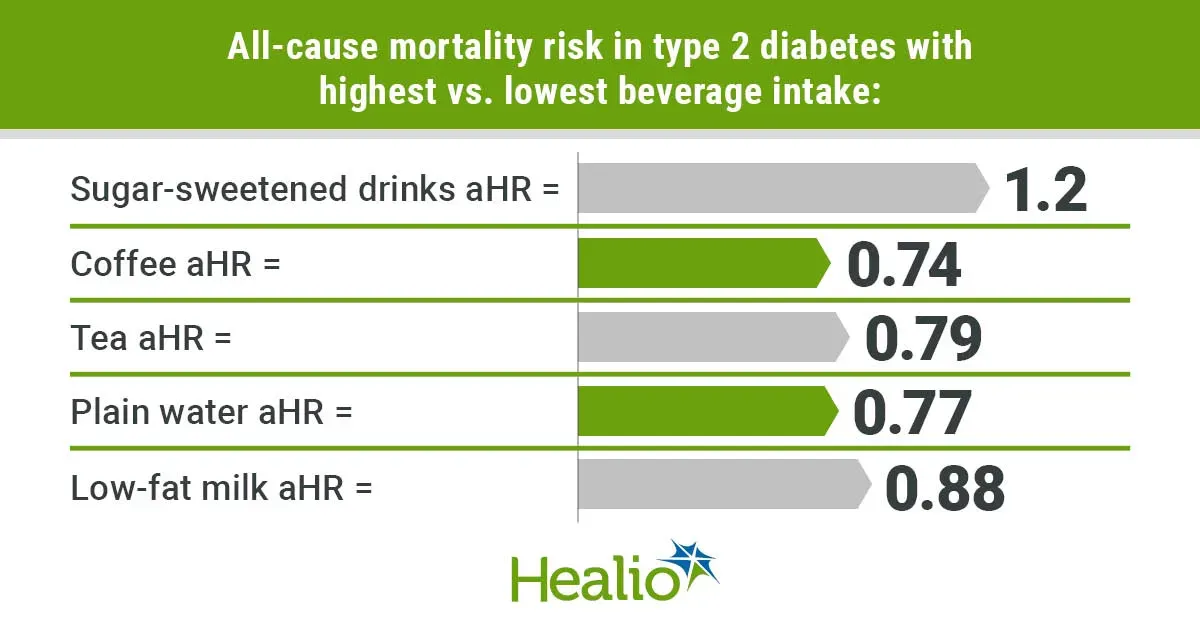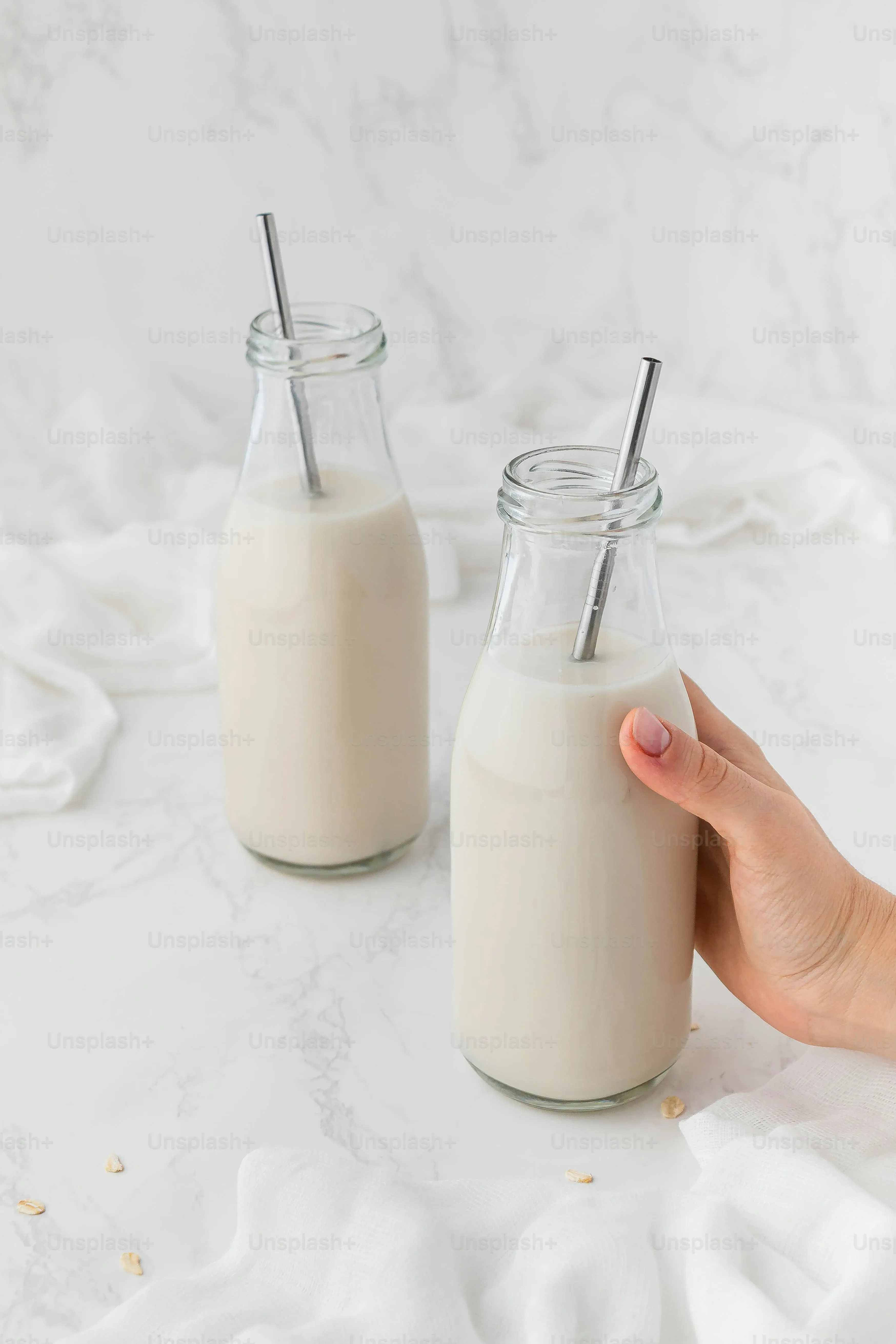Table of Contents
If you're managing type 2 diabetes, navigating your diet can feel like dodging landmines in a dairy aisle. You've heard milk has calcium, which is good, but it also has carbs and fat, which raise eyebrows. So, what's the deal with milk, especially when it comes to something specific like low fat milk and type 2 diabetes? Is it a friend, a foe, or just another thing you need to carefully measure? It's a valid question, especially with so much conflicting advice floating around.
Understanding Low Fat Milk and Type 2 Diabetes

Understanding Low Fat Milk and Type 2 Diabetes
Why Low Fat Milk Pops Up When Discussing Type 2 Diabetes
so you're digging into type 2 diabetes and diet, and milk keeps coming up. Specifically, low fat milk. Why? Because for decades, it was pushed as the healthier dairy option, less saturated fat and all that. So, logically, if you're trying to eat healthier to manage blood sugar, low fat milk seems like the go-to choice, right?
People are constantly asking if they can just swap their regular milk for the low-fat version and call it good. They worry about the sugar (lactose) in milk, the remaining fat, and how it all plays with insulin resistance. It's not as simple as fat good, fat bad. Understanding Low Fat Milk and Type 2 Diabetes means looking a bit deeper than just the fat content.
Breaking Down What's Inside Low Fat Milk
Let's look at what's actually in that glass of low fat milk. Compared to whole milk, they've removed most of the fat. That cuts calories and saturated fat, which was traditionally seen as a win for heart health, a big concern for people with type 2 diabetes. But it still contains lactose, which is a sugar, a carbohydrate.
A standard cup still packs about 12 grams of carbs, all from lactose. Those carbs turn into glucose in your bloodstream, affecting your blood sugar levels. It also has protein, which can help slow down that sugar absorption a bit, and it's loaded with calcium and often fortified with Vitamin D. So, you're getting nutrients, but you're also getting carbs you need to account for.
Here's a quick look at typical nutrition in one cup (8 oz) of different milks:
- Whole Milk: ~150 calories, ~8g fat (5g saturated), ~12g carbs, ~8g protein
- 2% Reduced-Fat Milk: ~120 calories, ~5g fat (3g saturated), ~12g carbs, ~8g protein
- 1% Low-Fat Milk: ~100 calories, ~2.5g fat (1.5g saturated), ~12g carbs, ~8g protein
- Skim/Fat-Free Milk: ~80 calories, ~0-0.5g fat (0g saturated), ~12g carbs, ~8g protein
The Research Link: Low Fat Milk and Type 2 Diabetes Risk

The Research Link: Low Fat Milk and Type 2 Diabetes Risk
Early Studies and the Low-Fat Push
For years, the dietary advice for preventing chronic diseases, including type 2 diabetes, hammered home the message: cut the fat, especially saturated fat. Dairy, being a significant source of fat in many diets, got put under the microscope. The logic was simple – less fat equals fewer calories and less saturated fat, which *must* be better for preventing weight gain and heart issues, both linked to diabetes.
This led to a widespread recommendation to swap full-fat dairy for low-fat or fat-free versions. Observational studies often showed that people who ate more dairy seemed to have a lower risk of type 2 diabetes. But these studies didn't always differentiate *which* type of dairy, leaving a big question mark hanging over the low-fat versus full-fat debate specifically for diabetes risk.
What Newer Research is Suggesting
Now, things are getting interesting. More recent, higher-quality research is starting to paint a more nuanced picture. Some large prospective studies, following thousands of people over years, have looked specifically at different types of dairy and the risk of developing type 2 diabetes. And guess what? The results aren't always lining up with the old "low-fat is always better" mantra.
While some studies still show a neutral or slightly beneficial association for low-fat dairy, others are finding that full-fat dairy might be associated with a *lower* risk of type 2 diabetes compared to low-fat versions. Yes, you read that right. It's confusing, and researchers are still trying to figure out exactly why this might be the case. The fat itself, or other components linked to the fat, could potentially play a role in insulin sensitivity or how our bodies process sugar.
Here's a simplified look at recent findings trends:
- Some studies link total dairy intake to lower Type 2 diabetes risk.
- Others find specific links between full-fat dairy and reduced risk.
- Fermented dairy (like yogurt, often low-fat) frequently shows a protective effect.
- Results for low-fat milk specifically are mixed or less consistently positive than for full-fat or fermented dairy in some analyses.
Sorting Through the Conflicting Evidence
So, does drinking low fat milk cause type 2 diabetes? No, absolutely not. Does it definitively protect against it more than other types of dairy? The evidence isn't as strong or as clear-cut as we once thought. The relationship between low fat milk and type 2 diabetes risk is complex.
It's not just about the fat or lack thereof. It could involve other compounds in milk, how dairy is processed, the gut microbiome, or simply that people who choose low-fat dairy have other dietary habits that influence their risk. The science isn't settled, and anyone claiming a definitive answer about low fat milk and type 2 diabetes risk based on current research is probably oversimplifying things.
Comparing Dairy Options: Low Fat vs. Full Fat for Type 2 Diabetes

Comparing Dairy Options: Low Fat vs. Full Fat for Type 2 Diabetes
The Old Thinking: Why Low Fat Was King
so for the longest time, the advice was simple: if you have type 2 diabetes, or really any chronic health concern, go low fat. The reasoning seemed solid. Full-fat milk has more calories and saturated fat than its low-fat or skim counterparts. Since maintaining a healthy weight and managing cardiovascular risk are crucial with diabetes, cutting fat seemed like the obvious move. You'd reduce your overall calorie intake and presumably lower your risk of heart issues, which are often linked with diabetes. It was a straightforward equation that dominated dietary guidelines for years.
People swapped their whole milk for 1% or skim, thinking they were making the best possible choice for their health, including managing their blood sugar and preventing complications. The focus was almost entirely on reducing fat grams, particularly saturated fat grams, based on the prevailing dietary wisdom of the time. This is where the strong emphasis on low fat milk and type 2 diabetes management really took root.
Newer Ideas: Is Fat Really the Enemy Here?
But science rarely stands still. Recent studies are making us question that strict low-fat rule, especially concerning dairy and type 2 diabetes. Some research now suggests that the fat in dairy, even saturated fat, might not be the villain we thought it was in the context of diabetes risk. Some studies even hint that full-fat dairy could be associated with a *lower* risk of developing type 2 diabetes compared to low-fat versions.
Why the shift? Researchers are exploring several theories. Maybe other compounds in the fat part of milk are protective. Maybe the fat helps you feel fuller, leading to eating less overall. Or perhaps it affects how your body processes the sugar (lactose) that's still present in both low fat and full fat milk. It's a complex picture, and it challenges the long-held belief that only low fat milk is suitable for people concerned about type 2 diabetes.
So, if you're standing in the dairy aisle wondering which carton to grab, here's a thought to chew on:
Does the focus on "low fat" distract from the more significant issue for blood sugar control – the carbohydrates?
Practical Ways to Include Low Fat Milk in a Type 2 Diabetes Meal Plan

Practical Ways to Include Low Fat Milk in a Type 2 Diabetes Meal Plan
Counting Carbs When You Sip Low Fat Milk
so you've decided low fat milk fits into your plan. Great. Now, how do you actually do it without sending your blood sugar soaring? The biggest thing to remember is that even low fat milk has carbs, about 12 grams per cup, as we saw. That's the part that directly impacts your blood glucose levels. You need to count those carbs.
Think of milk like any other carb source you'd measure, like a slice of bread or a small piece of fruit. It's not a free-for-all beverage. If your meal plan allows for 30-45 grams of carbs per meal, that cup of low fat milk eats up a significant chunk of that allowance. You can't just pour a big glass and then eat your usual carb-heavy meal. You have to adjust other things on your plate or choose a smaller milk portion.
Pairing Low Fat Milk for Better Blood Sugar Control
Drinking low fat milk by itself, especially on an empty stomach, can lead to a quicker blood sugar rise because those lactose carbs hit your system relatively fast. A smarter move is to pair it with foods that contain protein, fiber, or healthy fats. These nutrients help slow down the digestion and absorption of carbohydrates, leading to a more gradual rise in blood sugar.
Instead of just a glass of milk, have it with a handful of nuts, a small serving of Greek yogurt (more protein!), or as part of a balanced breakfast that includes eggs or avocado. Using low fat milk in a smoothie with protein powder and spinach is another way to buffer the carb impact. It’s about creating a balanced package, not just consuming the milk in isolation. Managing low fat milk and type 2 diabetes requires thinking about the whole meal.
So, how are you planning to fit those 12 grams of milk carbs into your next meal?
Milk Alternatives: Are They Better Than Low Fat Milk for Type 2 Diabetes?

Milk Alternatives: Are They Better Than Low Fat Milk for Type 2 Diabetes?
so maybe cow's milk, even the low-fat kind, feels too complicated with its carbs and fat debates. What about all those cartons lining the shelves – almond, soy, oat, rice, coconut? Are these milk alternatives a simpler win for managing type 2 diabetes? It seems logical, right? Many are lower in carbs than dairy milk, especially unsweetened versions. A cup of unsweetened almond milk, for instance, might have only 1-2 grams of carbs compared to milk's 12. That looks great on paper. However, they can vary wildly in nutritional profile. Some are loaded with added sugar to make them palatable, completely negating any potential blood sugar benefit. Others might be low in calories but also low in protein and calcium unless fortified. You absolutely have to read the nutrition label like it's the fine print on a sketchy contract. Don't assume "alternative" automatically means "better" for your blood sugar or overall nutrition compared to low fat milk and type 2 diabetes management.
Making Smart Choices About Low Fat Milk and Type 2 Diabetes
So, where does this leave us? The evidence suggests that including low fat milk in your diet when you have type 2 diabetes isn't automatically a disaster, and might even offer some benefits. It's not a miracle cure, and it's certainly not a free pass to chug gallons. The carbs still count, and portion control remains king. Full-fat dairy seems less promising, and while alternatives exist, they require just as much scrutiny for added sugars and fats. Ultimately, managing type 2 diabetes with diet is less about villainizing or glorifying one food item and more about the overall pattern of eating. Low fat milk can fit, but it requires paying attention to the details, just like everything else.
